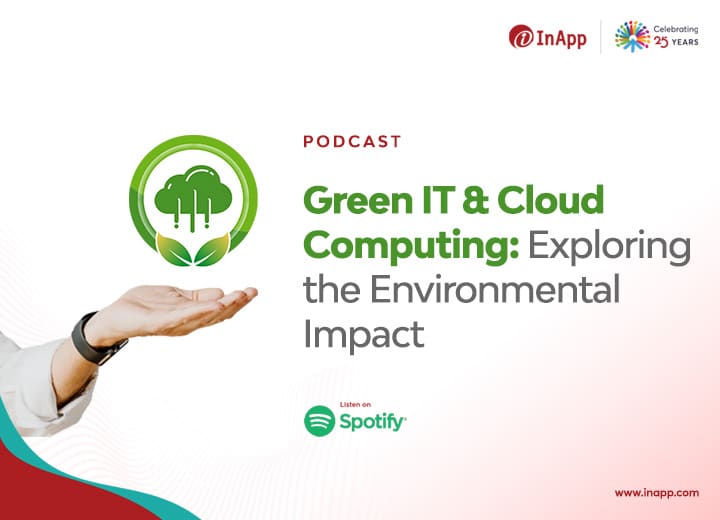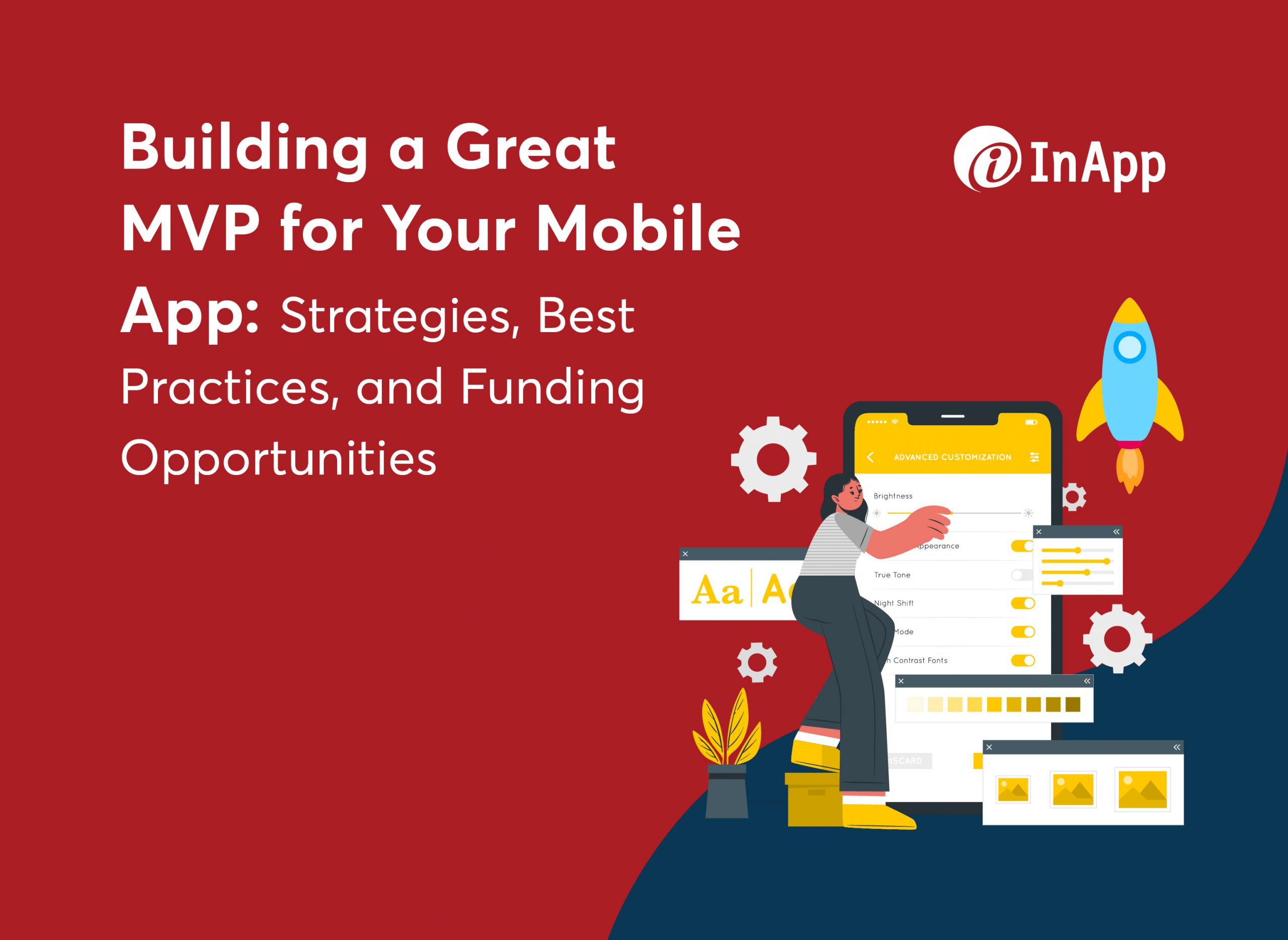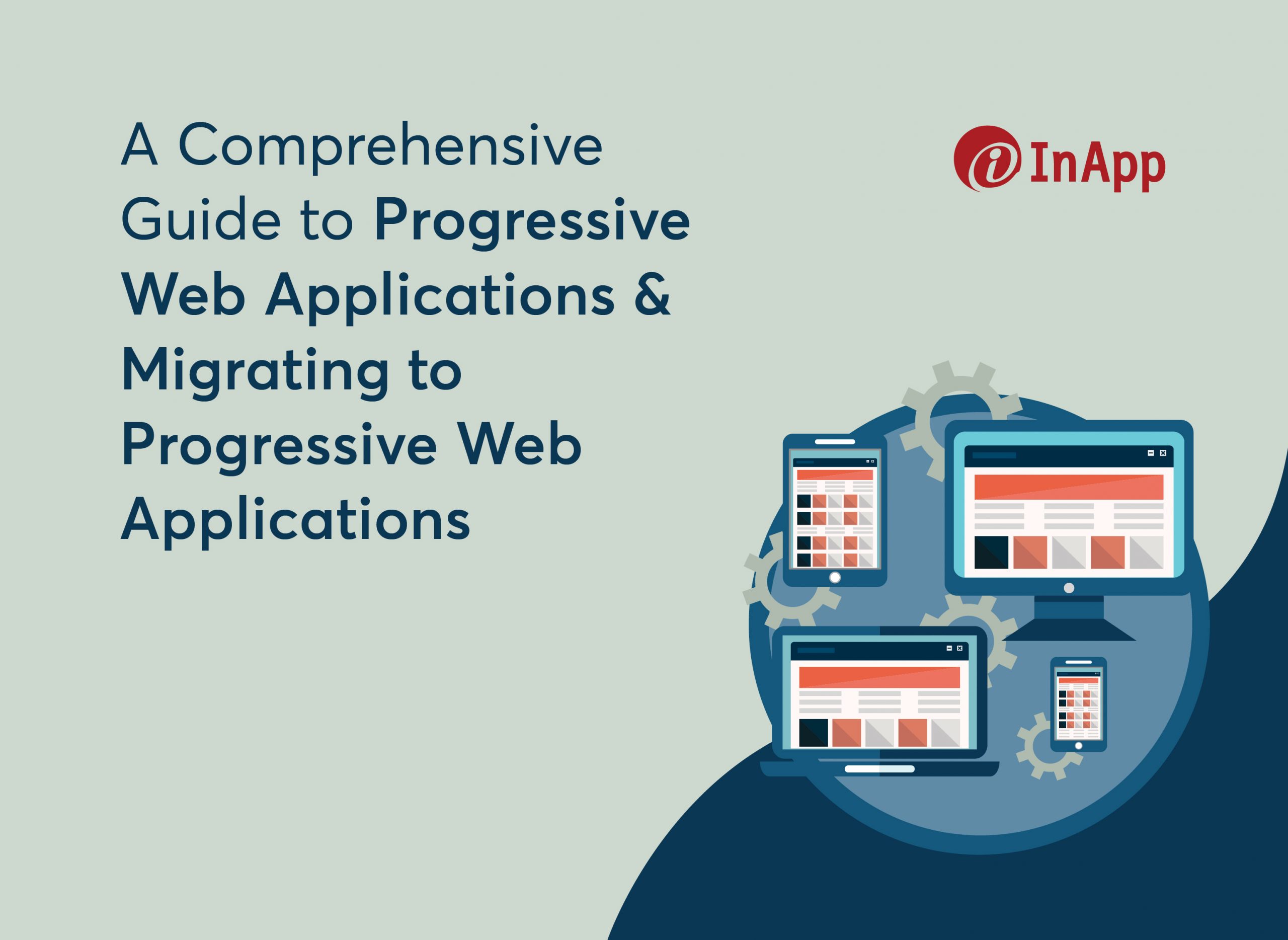- Home
- About
- Services
- Technologies
- Industries
- Resources
- Careers
- Contact us
-
Podcast – Green IT & Cloud Computing: Exploring the Environmental Impact
https://open.spotify.com/episode/7DkPKBGb656YcoAEaLrTCG?si=Z-vwIsNdSeeQp1CvDkLrxg Complete Transcript Hello, everyone, and welcome to another episode of the InApp podcast, where we delve into the latest trends, insights, and innovations shaping our world today. I'm your host, Elvin C Alex, and today we’re diving into a...
-
Podcast – Generative AI in Software Development: Automating Code Generation & Testing
https://open.spotify.com/episode/6oI7sfNbP0Y9z7v8DSZi0D?si=IfyQCY6ITQuc7LQtf3MvjQ Complete Transcript Welcome to InApp Podcast, where we dive into the latest technology and innovation. I’m your host, Betsy Bernard, and today we’re exploring a topic transforming the software development world: Generative AI. Specifically, we’ll be looking at how...
-
Building a Great MVP for Your Mobile App: Strategies, Best Practices, and Funding Opportunities
In today's fast-paced digital world, creating a Minimum Viable Product (MVP) for your mobile app is crucial. An MVP allows you to test your idea with minimal resources, gather valuable user feedback, and attract potential investors. Focusing on the core...
-
Mastering Risk Management – Your Ultimate Guide to Project Success
Risk management is a critical component for the success of any project or organization. No project is risk-proof, and this holds especially true for IT projects. From clients frequently changing their requirements to overshooting budgets and deadlines, various risks can...
-
A Comprehensive Guide to Progressive Web Applications & Migrating to Progressive Web Applications
In the world of web development, Progressive Web Applications (PWAs) are game changers. They blend the best of web and mobile apps to deliver fast, reliable, and engaging user experiences. Recent surveys show that over 65% of companies are investing...
-
The Ultimate Guide to iPhone App Development Services
Apple's iPhone holds a commanding 23% share of the global smartphone market, outpacing all other handset manufacturers. As of 2024, there are over 1.334 billion iPhone users, reflecting an 8.37% increase in the past year (source). This statistic underscores the...
-
How to Transition Smoothly to a New Outsourcing Vendor
Switching vendors can be challenging, especially when your organization has invested significant time and money in setting up processes, communication channels, and training with the current one. Regardless of how skilled your new team is, expecting them to take charge...
-
Seven Proven Strategies to Integrate External Contractors to Your Software Development Workflow
IT staff augmentation is the key to boosting your in-house software development team with some external help. This becomes a game-changer when there's a sudden surge in interest in your product. When demand spikes, your in-house team, already working at...
-
Leveraging GenAI to Modernise Legacy Systems
Today, legacy systems often find themselves teetering on the edge of obsolescence, plagued by frequent downtime and the looming specter of financial losses. According to a market study conducted by Hitachi Vantara, more than 40% of businesses suffer revenue setbacks...
-
Top 7 Benefits of Software Consulting
Starting, taking over, or learning to manage a business is tough, right? Especially for small business owners who are practically running the show solo, managing operations, finance, marketing, and sales all at once. This is where consultants come in as...
-
Multi-Cloud vs Hybrid Cloud – Choosing the Right One
Businesses today seek the ideal concoction of cloud solutions to satisfy their needs. Multi-cloud and hybrid cloud deployments do just that. But what sets these two apart? Hybrid cloud integrates on-premises infrastructure with cloud services whereas, multi-cloud utilizes services from...
-
6 Must-Have Features in Construction Planning Software
In the construction industry, every day brings its own set of challenges. From scoping projects to creating quotes, planning tasks, tracking expenses, and managing meetings, the role of a construction manager is nothing short of a juggling act. Enter construction...












